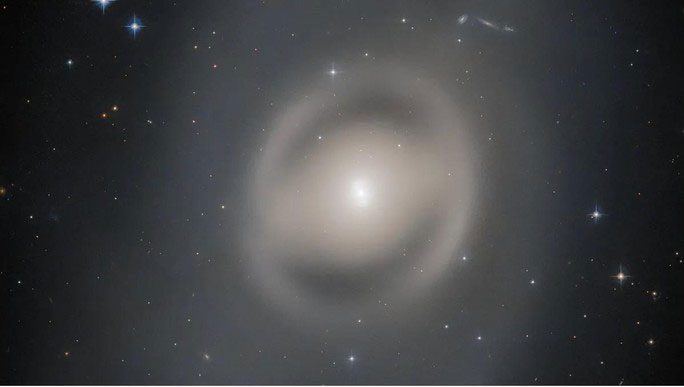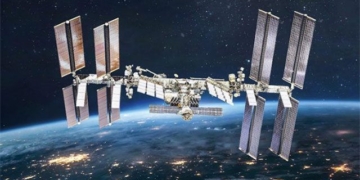The NGC 6684 Ghost: A Cosmic Window into the Past
NGC 6684 has been described by NASA scientists as an object that could help us “peer back into the cosmic past.”
The object previously appeared tantalizingly in the lens of the Hubble Space Telescope, taking on the shape of a blurry lens hanging in the sky, which is why it has been dubbed the “ghost.”
According to Live Science, this object is located 44 million light-years away from us, in the constellation Pavo, and can be best observed from the Southern Hemisphere.

The Enigmatic Ghost NGC 6684 – (Photo: NASA).
NASA scientists concluded that it is a galaxy, despite its shape being entirely different from known galaxies. It is not a spiral galaxy like our Milky Way, but belongs to another category known as a “lens galaxy.”
It still has a core of stars but lacks spiral arms, existing instead as a small star disk.
Though bizarre and nearly unlike anything else observed in our sky, NASA notes that this type of galaxy may have been quite common in the past. They refer to it as an object that helps us “peer back into the cosmic past,” as it is a remnant of an ancient galactic world.
The stars in lens galaxies are older compared to those in spiral galaxies, suggesting they could be remnants of smaller spiral galaxies whose arms have faded over time.
But that was before they underwent “cosmic rejuvenation.”
Looking back billions of years, the galaxy that contains Earth—namely, the Milky Way—might have once been a lens galaxy when it was still pristine and had aged.
However, as we know, the Milky Way today is actually the result of a merger and growth from about 20 galactic collisions and mergers. The Milky Way gradually consumed smaller galaxies, causing it to grow larger, with each merger triggering strong star formation.
This has led it to evolve back into a spiral galaxy, much larger and more beautiful than its original form.
Thus, scientists hope that objects like NGC 6684 represent what was once common in the early universe when mergers were rare, and lens galaxies roamed, waiting for collisions to “rejuvenate” once again.
NASA is still working to concretely demonstrate this, with three other lens galaxies recently identified by Hubble potentially serving as the key. They will act as “time portals” to help scientists achieve the ambitious dream of understanding the universe’s history billions of years ago.


















































